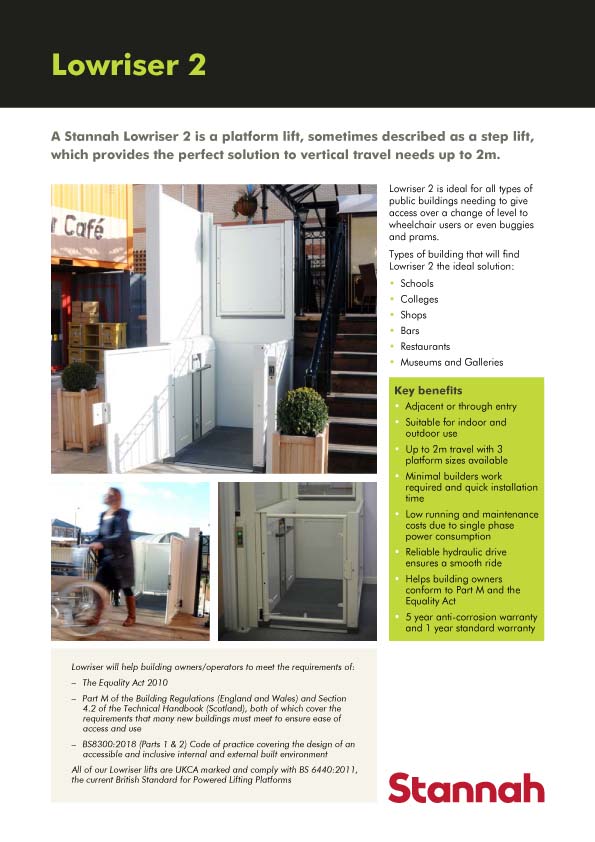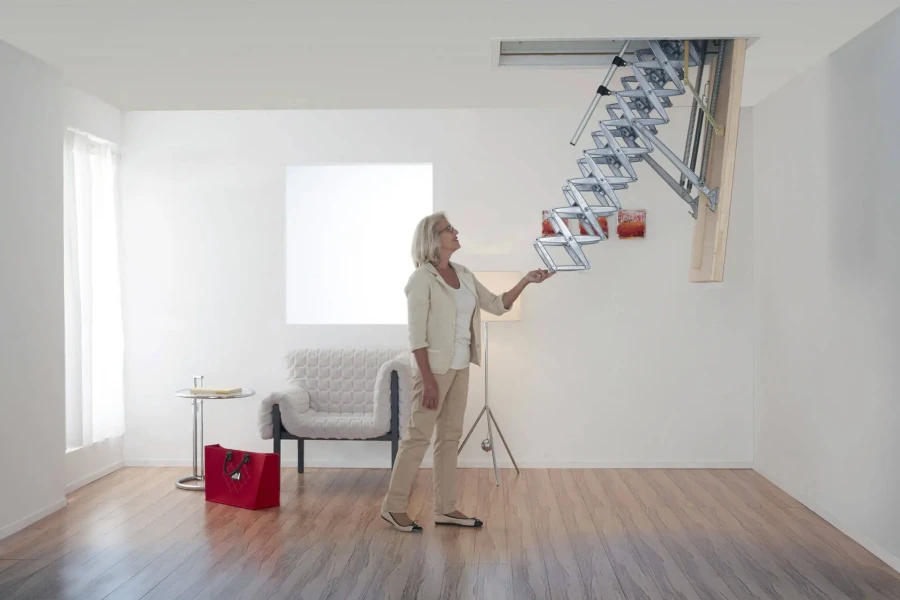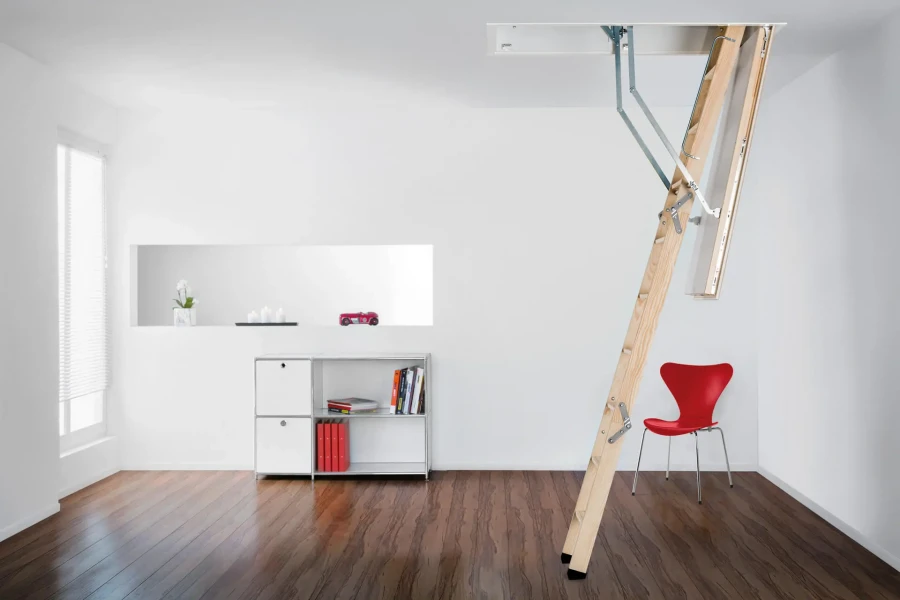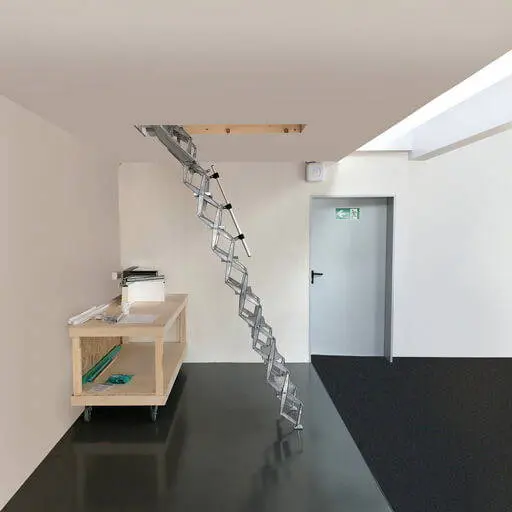The fact that one in six homes across the UK is at risk of flooding and that one new home in every 14 is constructed on land that has a significant chance of flooding, it’s absolutely critical that when it comes to future proofing that our housing stock needs to be more resilient and resistant to flood damage.
Dr Stephen Garvin, Director at the BRE Centre for Resilience, will talk about the development of a ground-breaking, flood-resilient prototype home at this year’s BRUFMA Conference, as part of his presentation entitled Flood Resilient buildings – what we need to know and do.
The climate is changing and the frequency of flooding events across the UK in recent years has put into question how to make UK homes more resilient to cope with our increasingly damaging weather.

Flood waters can penetrate unprotected properties and cause major damage to the walls, cavity ties, fibre based cavity wall insulation materials, plaster, decorations and so on. For residents, this can cause misery, upheaval and disturbance as well as great financial hardship. It’s important to limit damage in order to speed up drying time to enable the resident’s reoccupation by making the inside of homes resilient to floodwater.
Flood resilient technologies have moved on from sandbags and can now provide a cost effective method of flood protection. From flood doors to barriers, waterproofing brickwork to one-way valves in drainage pipes as well as rigid floor and wall insulation; when innovative measures are undertaken, homes can be quickly cleaned, dried and reoccupied with minimal disruption to residents.
By adopting resilient materials and products such as rigid closed-cell cavity wall insulation, this will not only improve the thermal efficiency of a property and provide energy savings, it will also provide flood resilience.
“There are an estimated 5.2 million homes considered at risk from surface, river and coastal flooding. Preventative measures play a key role, but given the scale of our vulnerability, we need to think more practically about flooding and start to adapt to ‘living with water,” says Stephen Garvin. “Therefore fitting a house with resilient technologies and testing its ability to bounce back from water ingress is the first step on this journey.”
The flood-resident home project carried out by the BRE demonstrates how a combination of good design and use of building materials and product innovation can ultimately help limit damage and ensure residents recover quickly from flooding issues. The housing unit is located within a Victorian terrace demonstration project and has been refurbished with a range of materials that make it more flood resilient.
Different types of water-resilient insulation have been used in the house including injected cavity wall insulation, PIR insulation boards for walls and floors and PUR spray insulation. Other practical issues have also been addressed, such as how to improve floor insulation, where to place electric sockets and home appliances, and how to seal off areas where water could enter the property.
Rigid closed-cell PUR insulation is the best performing material when installed into the cavity walls, as it retains integrity and has low moisture take-up. If flooding were to occur it would not allow the ingress of water through the cavity into a property. Once the flood water recedes, the closed-cell system remains serviceable, whereas other forms of insulation would need to be replaced causing disruption and great expense.
Flooding is not going to go away which is why delivering flood resilience to homes will ultimately reduce the misery and disruption faced by thousands of residents across the UK.
The BRUFMA Annual Conference takes place on June 28 at The Building Centre, 26 Store Street, London.




















